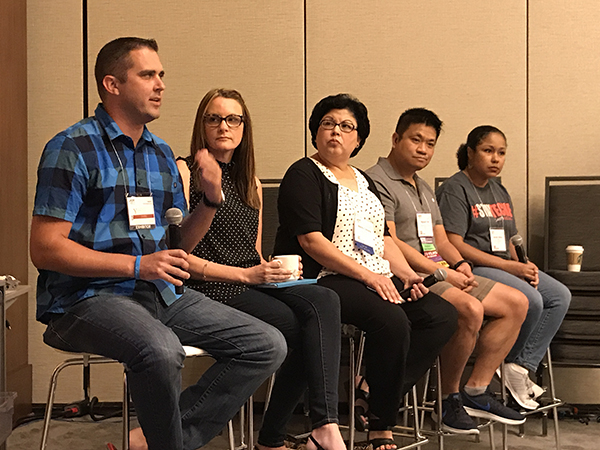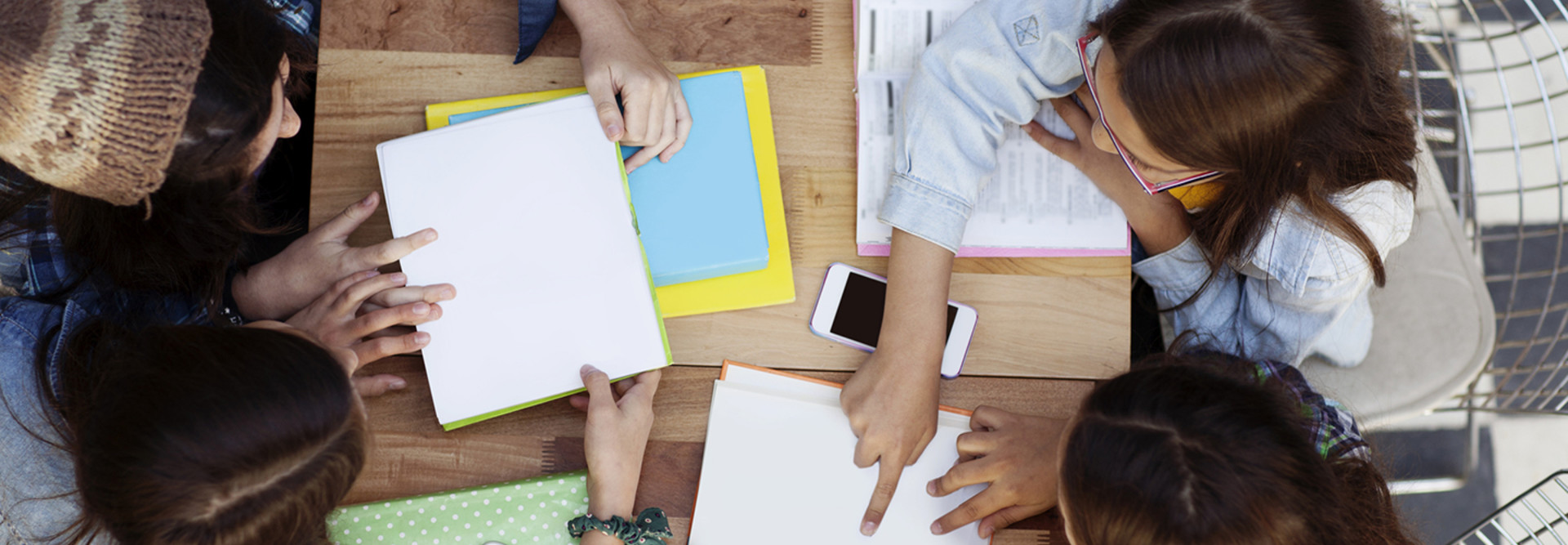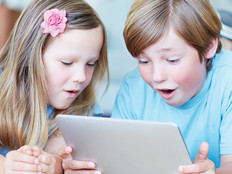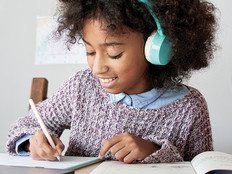ISTE 2017: How Transforming a Learning Space Boosts Student Opportunities
Surrounded by collaborative furniture, writable surfaces and interactive flat panels, five experts extolled the virtues of flexible and agile learning spaces at a panel discussion on Tuesday during ISTE’s 2017 Conference & Expo.
Led by CDW•G Education Strategist Mike Patterson, the discussion included:
- Ryan Adkins, technology director, Yorkville (Ill.) Community School District 115
- Nguyen Bui, executive director of technology innovation and initiatives, Aldine (Texas) Independent School District
- Becky Calzada, district library coordinator, Leander (Texas) ISD
- Akilah Willery, executive director of instructional technology integration, Aldine ISD
- Jennifer Williams, program developer, Calliope Global Education Initiative
“Transforming our spaces allows us to be mobile,” said Adkins, whose district underwent a massive transformation of its high school building with “fishbowl” rooms, widened hallways, collaborative workspaces, more access points, higher ceilings and updated classrooms for science, technology, engineering and math (STEM) instruction. “When you look at education, it’s all about collaboration,” he added.

Ryan Adkins. Jennifer Williams, Becky Calzada, Nguyen Bui and Akilah Willery discuss evolving classroom design.
Calzada said Leander ISD’s high school library has changed with the times. The carpet was taken out, and students now gather and eat there.
“People aren’t coming to the library anymore for books,” Calzada said. “The big, bulky furniture we had wasn’t working anymore either.”
She said Leander looked to students, teachers and staff to offer advice on how to reconfigure its classroom spaces. School officials created student focus groups to discuss what furniture setups might work best. Teachers and district staff tested the furniture that vendors brought in.
“Everybody had input in that process,” Calzada said.
Classroom Design Supports Learning, Independence
Bui and Willery said movable, cushioned chairs, carpeted classrooms and other flexible classroom designs work well with project-based learning at Aldine ISD.
“This is how the students learn, and the school environment should match that,” Bui said.
“It’s really comfortable for kids,” Willery added. “They work well collaboratively, and this is what we should allow for.”
Like Leander ISD’s library, a classroom modeled after a Starbucks should be versatile and allow for students to eat and drink, Williams said.
“Their brains are being nourished; their minds are ready for learning,” she said. “The spaces have to be very nimble.”
Bui agreed.
“In Starbucks, you can customize your coffee,” he said. “Classrooms and classroom instruction should be the same way.”
“At the end of the day, it’s about making the learning environment fun,” Adkins said. “You want your kids to want to be at school, because when your children want to be there, that’s when you know you’re succeeding.”
For more ISTE stories, check out the EdTech coverage page.









